Immersed in a tapestry of history and folklore, Ireland’s pub storytelling traditions weave a captivating narrative that transcends generations. From ancient myths to contemporary tales, the art of sharing stories in Irish pubs is not merely a cultural pastime but a cherished tradition that binds communities. These storytelling sessions, often conducted in cozy pubs, offer a window into Ireland’s rich oral heritage, where every tale carries the weight of history and the magic of human connection. Whether recounting legendary tales of heroes or humorous anecdotes from daily life, Irish pubs serve as living libraries, preserving stories that might otherwise fade into obscurity. In this exploration, we delve into the heart of Irish storytelling, uncovering its evolution, the integral role of pubs, and the unique characteristics that make Irish narratives stand out globally.
Key Takeaways
- The Rich Tapestry of Irish Storytelling shapes the nation’s cultural identity and preserves history through generations.
- Themes in Irish Oral Narratives reveal heroism, love, magic, family bonds, and historical events, reflecting core cultural values.
- Legendary Figures in Irish Mythology, like Finn McCool and Cuchulainn, showcase the enduring appeal of Irish heroes.
- Cultural Influence of Storytelling enriches literature, music, and art, leaving a lasting impact.
- Preservation and Modern Relevance ensure Irish storytelling’s legacy continues to inspire today’s artists and scholars.
- The Role of “Seanchaí” highlights skilled storytellers’ importance in maintaining Ireland’s cultural heritage.
- Diverse Forms of Oral Traditions include proverbs, tales, songs, charms, and performances, enhancing cultural preservation.
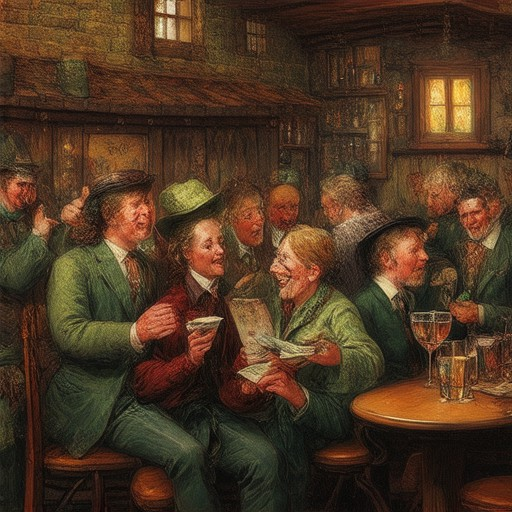
What is the Irish storytelling tradition?
The Irish storytelling tradition is a rich and vibrant cultural practice that has been passed down through generations. Rooted in Ireland’s oral tradition, it encompasses tales, myths, legends, and folklore that reflect the country’s history, values, and beliefs.
Historical Roots
Irish storytelling traces its origins to ancient times, with early forms of narrative appearing in Celtic mythology and sagas. These stories were often recited in public settings, such as around the hearth or at festivals, ensuring their preservation and transmission.
Cultural Significance
Storytelling in Ireland is deeply intertwined with the cultural identity. It serves as a mirror reflecting the nation’s history, heroes, and moral lessons. Many of the stories are tied to specific regions, with variations depending on local customs and traditions.
Famous Storytellers
Over the centuries, Ireland has produced legendary storytellers whose names are synonymous with the art. Figures like Seán Ó Riada and Máirtín Ó Cuív are celebrated for their mastery of traditional tales, preserving Ireland’s literary heritage for future generations.
Traditional Forms
Traditional Irish storytelling takes many forms, including sean-nós (old style), which involves storytelling accompanied by music. Other forms include ballads, folktales, and historical narratives that recount events of significance to the Irish people.
Modern Developments
Today, the Irish storytelling tradition continues to thrive, with organizations and festivals dedicated to promoting and preserving these narratives. Initiatives like the Dublin Storytelling Festival highlight the enduring appeal of Irish tales in contemporary society.
In conclusion, the Irish storytelling tradition is a living legacy that bridges the past and present, offering insight into Ireland’s cultural fabric and inspiring future generations to cherish its rich tapestry of tales.
Why Are the Irish So Good at Storytelling?
The Irish have a remarkable ability to tell stories, a skill that has been honed over centuries and is deeply rooted in their culture and history. Here are some reasons behind this phenomenon:
- Rich History and Myths : Ireland’s history, marked by invasions, conflicts, and struggles for independence, has fueled a wealth of stories. The country’s mythology, including tales of mythical figures like Finn McCool and the Tuatha de Danann, provides a treasure trove of narrative material.
- Cultural Emphasis on Oral Tradition : The Irish have a strong oral storytelling tradition, passed down through generations. This has developed into a skill where stories are crafted and delivered with emotion, making them memorable and impactful.
- Educational Influence : The Irish education system places a strong emphasis on storytelling, particularly in primary and secondary schools. This early exposure to storytelling helps develop imagination and verbal skills, contributing to the nation’s storytelling prowess.
- Literary Greatness : Ireland has produced some of the world’s most celebrated writers, including James Joyce, George Bernard Shaw, and Seamus Heaney. Their works, rich in storytelling, have elevated Ireland’s reputation as a literary powerhouse.
- Community and Social Culture : Pubs and local gatherings in Ireland serve as platforms for storytelling. These environments foster a culture where narratives are shared and appreciated, further refining the art of storytelling among the population.
- Modern Contributions : Irish storytelling extends beyond traditional forms into music, film, and theater. Artists like U2 and Van Morrison incorporate storytelling into their work, showcasing Ireland’s enduring talent.
- Psychological and Cultural Depth : Ireland’s unique cultural identity and historical experiences, such as the Troubles, offer rich material for introspective and thought-provoking stories, often exploring themes of conflict and resolution.
In essence, the combination of historical richness, cultural emphasis, educational focus, and a vibrant social scene has cultivated Ireland’s exceptional storytelling abilities, making it a global leader in this art form.
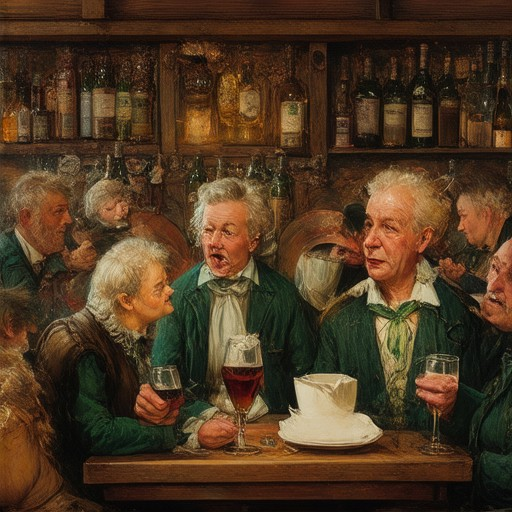
The Tradition of the Irish Pub
The Irish pub is more than just a place to enjoy a drink; it is a cultural institution deeply rooted in history and tradition. Here are some key aspects of the Irish pub tradition:
- The Round System: A cornerstone of Irish pub culture, the round system involves each person taking turns to buy a round of drinks for the entire group. This tradition fosters camaraderie and ensures everyone contributes, reflecting the spirit of community and shared responsibility.
- Live Music and Sessions: Many traditional Irish pubs host live music sessions, often featuring fiddles, guitars, and Accordions. These sessions bring people together to celebrate Irish folk music and create a lively atmosphere.
- Storytelling: Pubs are known for their storytelling nights, where locals gather to share tales, jokes, and legends. This tradition keeps alive the rich oral history and folklore of Ireland.
- Local Characters: Irish pubs are famous for their regulars, who often become part of the pub’s history. These characters add to the unique atmosphere and sense of belonging that pubs offer.
- Community Gatherings: Pubs play a vital role in small villages and urban neighborhoods, serving as hubs for local events, celebrations, and informal gatherings. They are often the heart of community life.
- The Pint: In Ireland, a “pint” isn’t just a measure of alcohol—it represents friendship, hospitality, and the joy of coming together. Sharing a pint is a gesture of trust and camaraderie.
These traditions highlight the enduring appeal of the Irish pub, making them not just places to drink but vibrant spaces that celebrate culture, community, and shared experiences. Whether you’re in Dublin, Cork, or Galway, stepping into an Irish pub feels like stepping into a living history book of traditions passed down through generations.
Dufferin Arms, a dedicated blog to the history and culture of pubs, explores these traditions in-depth, offering insights into the unique stories and social significance of pubs worldwide. Visit us at Dufferin Arms to discover more about the legacy and charm of these iconic establishments.
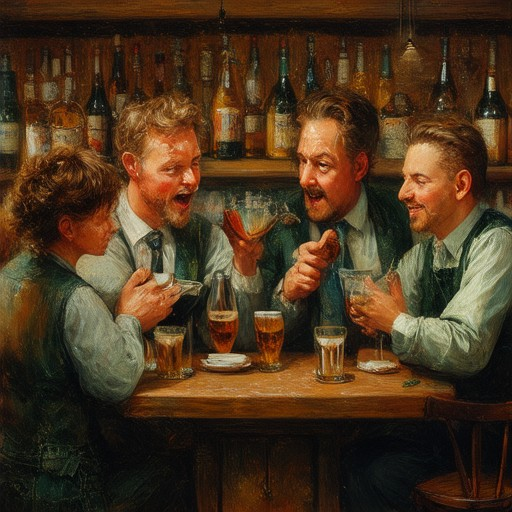
The Irish Oral Tradition
The Irish oral tradition is a vibrant and dynamic aspect of Irish culture, characterized by its rich tapestry of storytelling, folklore, and traditional narratives. This tradition has been passed down through generations, shaping the cultural identity of Ireland and preserving its history, myths, and legends.
Overview
The Irish oral tradition encompasses a wide range of storytelling styles, from casual anecdotes to epic sagas. These stories are often performed orally, making them a vital part of communal and personal memory. The tradition reflects the values, beliefs, and experiences of the Irish people, offering insights into their historical context, social structures, and spiritual worldviews.
Themes
Irish oral stories explore a variety of themes, including:
- Heroism: Stories of brave heroes like Finn McCool who embark on daring adventures to protect their communities.
- Love and Loss: Ballads and tales that depict the emotional struggles and triumphs of individuals.
- Magic and Supernatural: Myths involving fairies, ghosts, and other magical creatures.
- Family and Community: Stories that highlight the importance of loyalty, friendship, and family bonds.
- Historical Events: Narratives that recount significant historical events, often intertwined with mythological elements.
Famous Stories and Characters
Some of the most famous figures in Irish oral tradition include:
- Finn McCool: A legendary hero known for his strength and courage, associated with the giantess Fionnuala.
- the Children of the Hill: A group of warriors noted for their bravery and connection to ancient Irish deities.
- Cuchulainn: The great warrior of the Ulster cycle, celebrated for his combat skills and loyalty.
- Maeve: The beautiful queen of Connacht, whose story is often tied to tragic love and conflict.
Cultural Impact
The Irish oral tradition has had a profound influence on literature, music, and art. Many of the stories have been adapted into ballads, songs, and plays, enriching the cultural landscape of Ireland. Pubs and local communities have traditionally served as spaces for storytelling, fostering a sense of belonging and continuity.
Preservation and Modern Relevance
Efforts to preserve the Irish oral tradition have gained momentum in recent years, with organizations and festivals dedicating themselves to promoting and celebrating traditional stories. Today, these tales continue to inspire artists, writers, and scholars, ensuring their legacy endures in the modern age.
Dufferin Arms, a blog dedicated to exploring the history and culture of pubs, offers deeper insights into the social and historical significance of Ireland’s oral tradition. Their articles provide a fascinating look at how pubs and storytelling intersect, preserving the charm and legacy of these institutions.
What is an Irish Storyteller Called?
An Irish storyteller is traditionally known as a “seanchaí” (pronounced “shan-khee”). This term refers to a skilled oral storyteller who preserves and shares tales of Irish history, mythology, and folklore. The word “seanchaí” originates from the Irish word for “wise one” or “storyteller.”
The art of storytelling has been a cherished tradition in Ireland for centuries. These tales are often historical, mythical, or folkloric in nature, passed down through generations verbally rather than written. Seanchaithe play a crucial role in maintaining cultural heritage and enriching the collective memory of the Irish people.
Storytelling in Ireland is deeply rooted in its rich cultural tapestry, reflecting the wisdom, customs, and beliefs of ancient Ireland. These stories have been handed down through the generations, making them a vital part of Ireland’s living heritage.
According to renowned poet William Butler Yeats, “the story of the Celt, and of his islands, is the story of man himself.” This highlights the universal appeal and significance of Irish storytelling across ages and cultures.
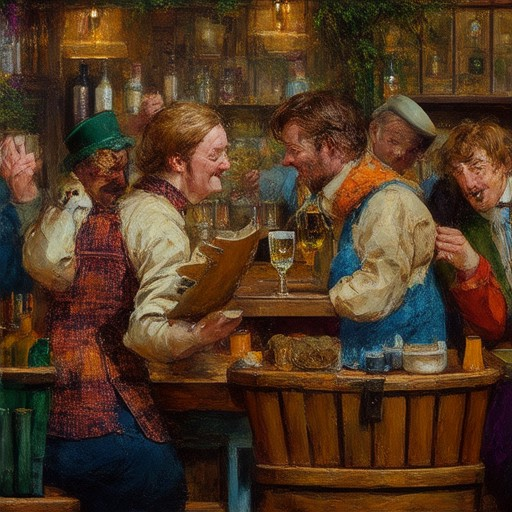
What Are 5 Oral Traditions?
- Proverbs: Maxims or short sayings expressing wisdom or advice, often passed down through generations. Examples include “Knowledge is power” and “A stitch in time saves nine.”
- Tales and Stories: Narratives that convey cultural values, historical events, or moral lessons. These stories are often shared verbally, preserving heritage and teaching lessons.
- Epic Songs: Long narrative poems or ballads that tell stories of heroism, love, or adventure. These songs are frequently performed and contribute to oral tradition.
- Charms and Prayers: Ritualistic words or phrases believed to have magical or spiritual properties. These are often recited to seek protection, health, or prosperity.
- Dramatic Performances: Traditional plays, skits, or improvisational acts that are acted out orally, often reflecting local customs, folklore, or humorous observations.
These oral traditions play a vital role in preserving culture, fostering community bonds, and transmitting knowledge across generations.
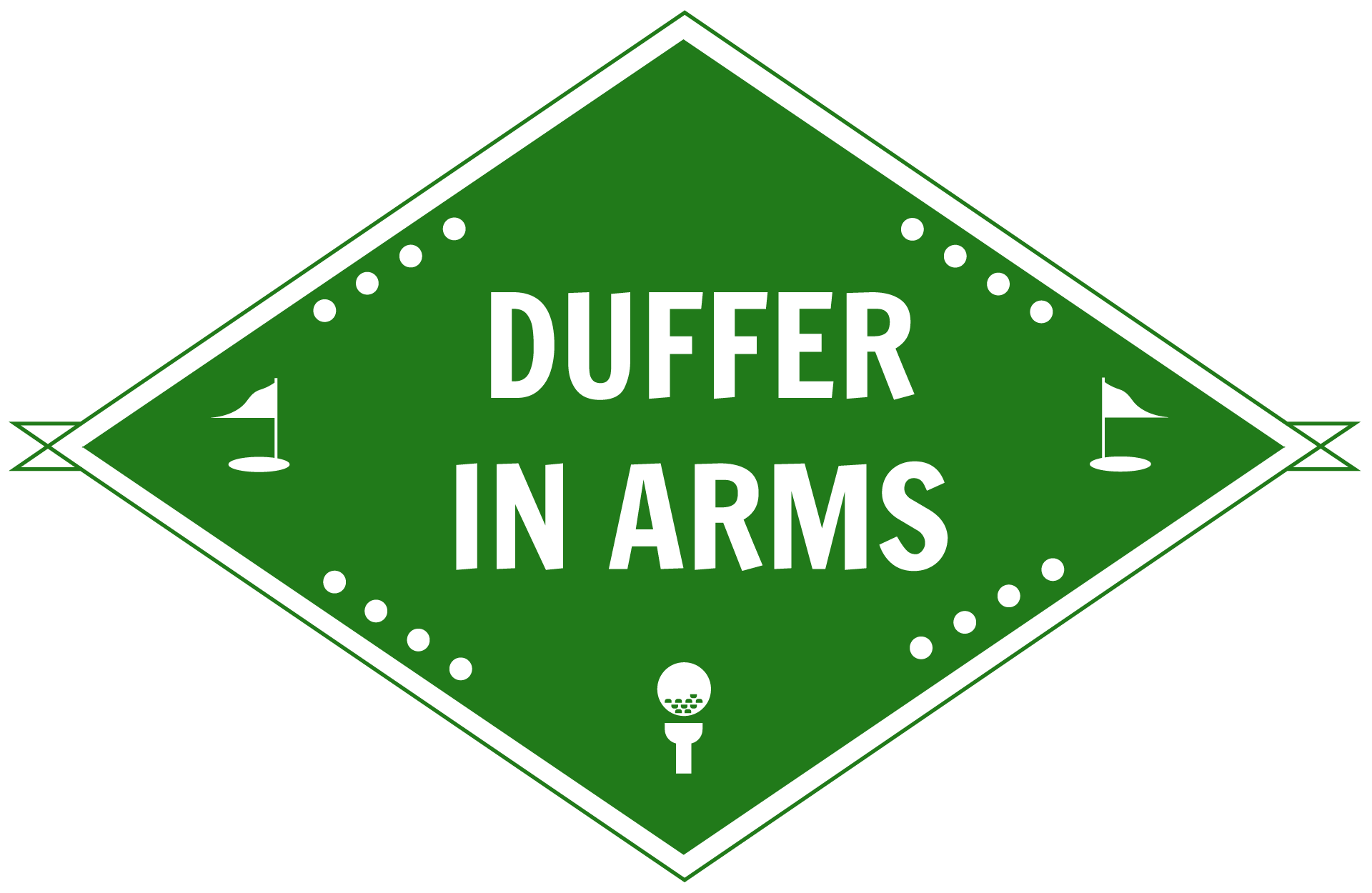
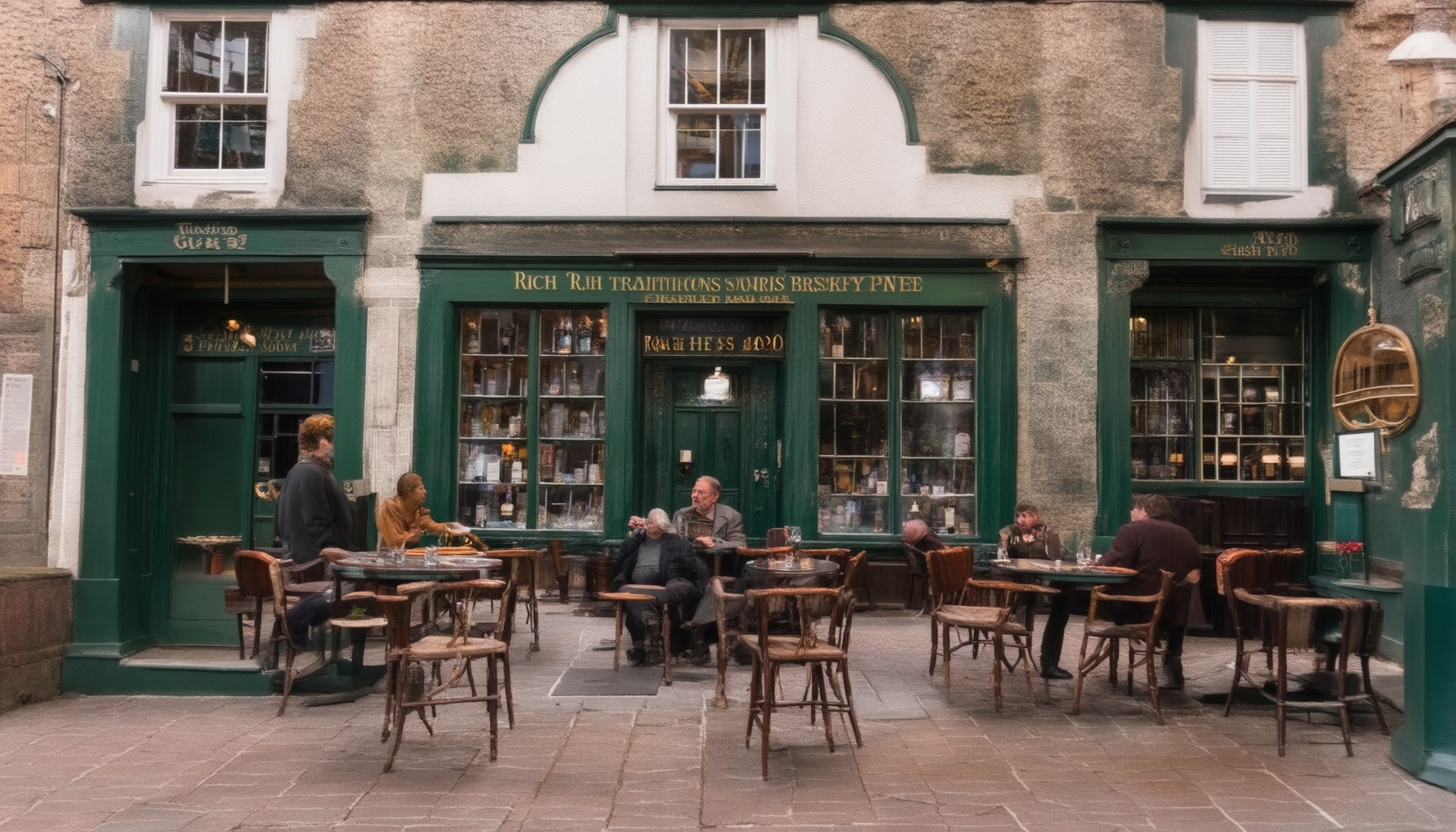
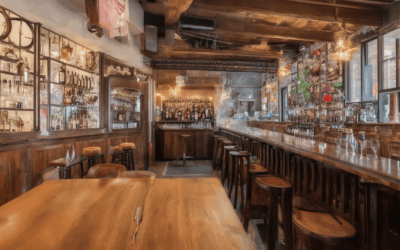
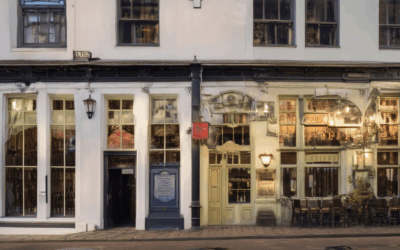
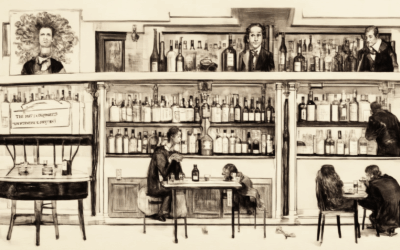
0 Comments